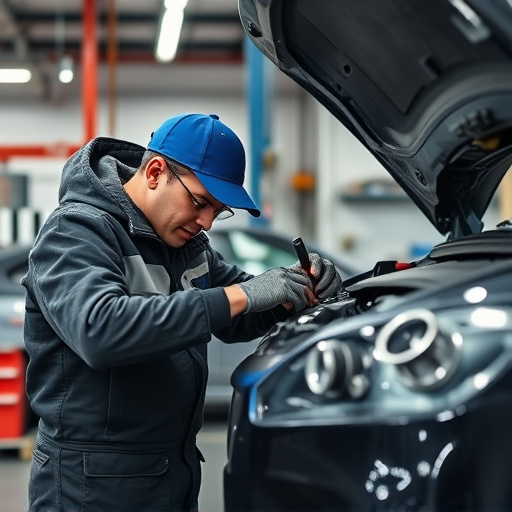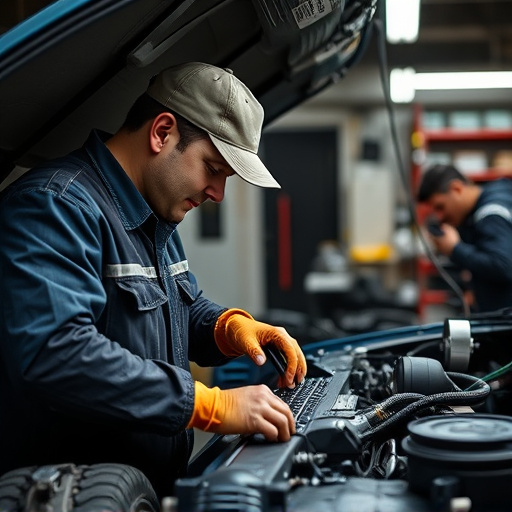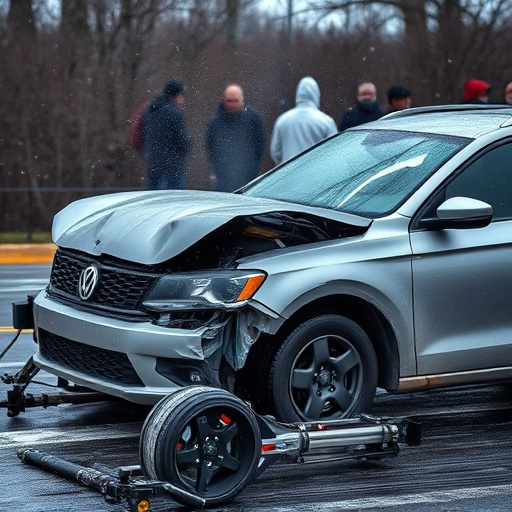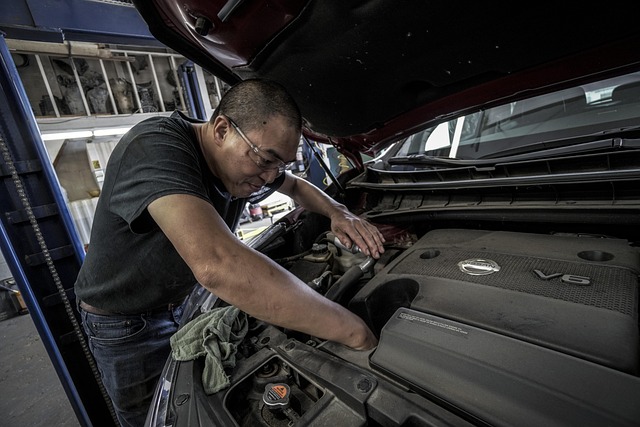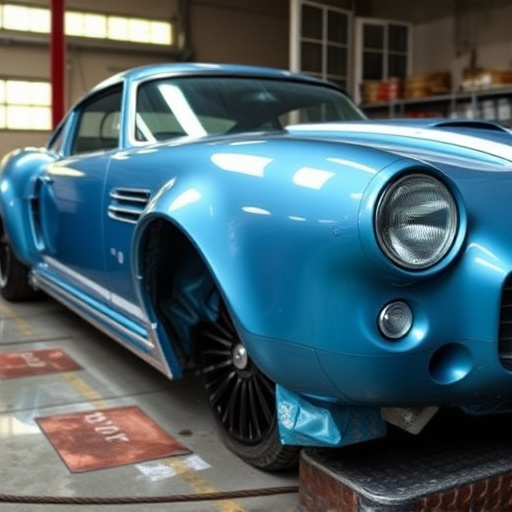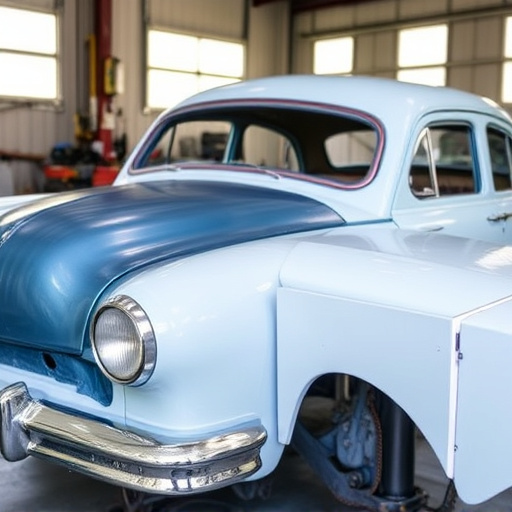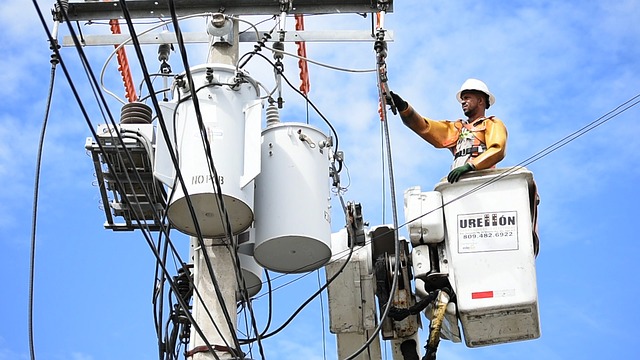Mercedes spot weld bonding is a cutting-edge automotive technology combining precise welding with adhesive bonds, resulting in enhanced structural integrity and streamlined repairs. This hybrid solution excels in fender repair and auto body shop renovations, achieving seamless fusion that meets or exceeds factory standards. Originally developed for vehicle restoration, it optimizes efficiency and quality control by eliminating traditional welding flaws, reducing the need for extensive repairs, and potentially revolutionizing car repair services with faster turnaround times and reduced costs without compromising safety or performance.
Mercedes spot weld bonding represents a revolutionary hybrid approach in automotive manufacturing. By combining the precision of spot welding with the strength of adhesive bonds, this technique offers unparalleled structural integrity and efficiency. This article explores the innovative process behind Mercedes spot weld bonding, delving into its benefits, implementation across various models, and future prospects that promise to transform the industry. Uncover how this technology enhances vehicle performance, safety, and sustainability.
- Understanding Mercedes Spot Weld Bonding: A Hybrid Approach
- The Benefits of Combining Welding and Adhesive Strength
- Implementation and Future Prospects in Automotive Manufacturing
Understanding Mercedes Spot Weld Bonding: A Hybrid Approach
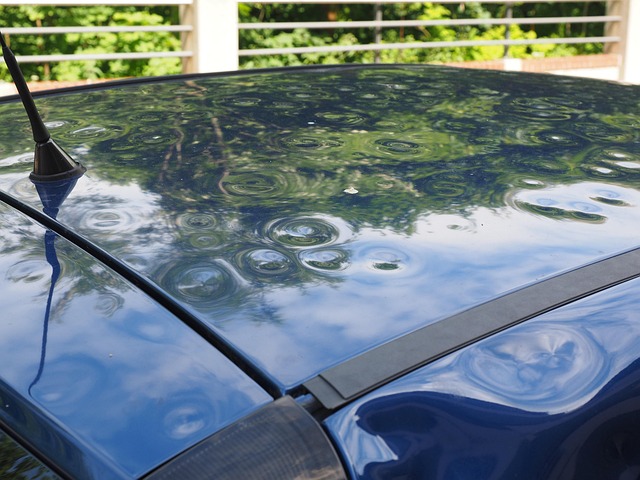
Mercedes spot weld bonding represents a revolutionary hybrid approach in auto body services and collision repair centers. It combines the precision of spot welding with the strength of adhesive bonds, creating a robust and durable solution for automotive body shop repairs. This innovative technique leverages both traditional welding methods and modern adhesive technologies to enhance structural integrity while streamlining the repair process.
By integrating these two powerful methods, Mercedes spot weld bonding offers unparalleled strength and longevity compared to conventional techniques. In an automotive body shop setting, this hybrid approach allows for more efficient and precise repairs, ensuring that vehicles return to their original state with reinforced bonds that match or even exceed the strength of the original manufacturing quality.
The Benefits of Combining Welding and Adhesive Strength

Mercedes spot weld bonding offers a significant advantage in the automotive industry, particularly in processes like fender repair and auto body shop renovations. By combining welding and adhesive strength, this technique enhances structural integrity and overall vehicle performance. The precision of spot welding ensures clean, strong joints, while high-quality adhesives provide an additional layer of security against future damage. This dual approach is especially beneficial for complex repairs, as it allows for the accurate restoration of vehicle components to their original state, maintaining safety and aesthetic appeal.
In automotive collision repair scenarios, Mercedes spot weld bonding facilitates efficient and effective restoration. Adhesives fill gaps left by welding, ensuring a seamless fusion that meets or exceeds factory standards. This method also reduces the risk of future structural failures, as the combination of welds and adhesives creates a robust bond capable of withstanding the stresses of daily driving. Consequently, auto body shops can offer their customers faster turnaround times and vehicles that are safer and more reliable on the road.
Implementation and Future Prospects in Automotive Manufacturing
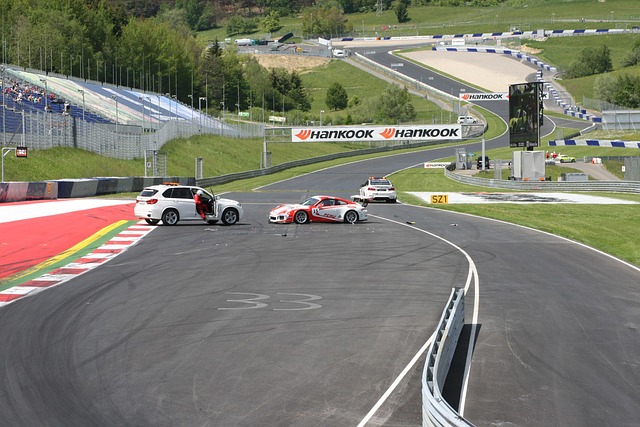
Mercedes spot weld bonding is transforming automotive manufacturing by seamlessly combining welding and adhesive strength. This innovative technique, pioneered in vehicle restoration and car damage repair processes, promises enhanced structural integrity while streamlining production lines. By eliminating traditional welding flaws and reducing the need for extensive car repair services, this method optimizes both efficiency and quality control.
Looking ahead, the implementation of Mercedes spot weld bonding is poised to revolutionize various aspects of automotive manufacturing. Its potential applications extend beyond mere assembly, encompassing areas such as light-weighting materials and advanced safety features. As the technology matures, it could significantly impact the speed and precision of car repair services, contributing to faster vehicle turnaround times and reduced costs without compromising on safety or performance in vehicle restoration projects.
Mercedes spot weld bonding represents a significant advancement in automotive manufacturing, seamlessly combining the strength of welding with the precision of adhesive bonding. By adopting this hybrid approach, manufacturers can achieve superior structural integrity, reduced weight, and enhanced productivity. As technology continues to evolve, further refinements in Mercedes spot weld bonding techniques will undoubtedly shape the future of the industry, ensuring safer, more efficient, and environmentally-friendly vehicles.


